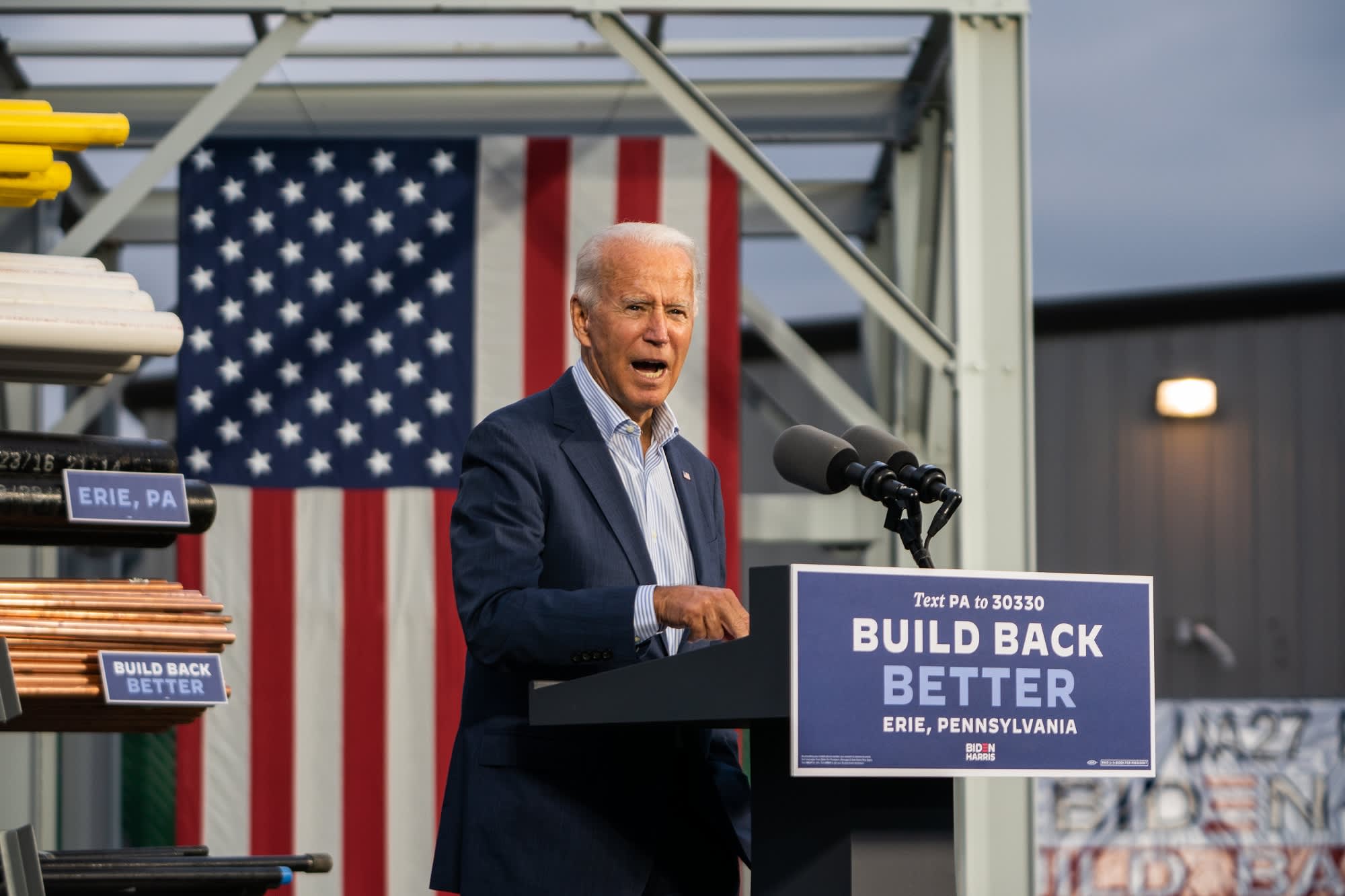
College costs in the United States have steadily increased since the 1980s, when the Reagan Administration cut higher education funding and student aid. Over the past 10 years alone, college costs have increased by more than 25% and today, some 44 million Americans collectively hold over $1.6 trillion in student debt.
To address such concerns, Democratic nominees former Vice President Joe Biden and Senator Kamala Harris have proposed a lengthy education plan that includes an eye-catching proposal: tuition-free public college for all families with incomes below $125,000.
According to an analysis by the Georgetown University Center on Education and the Workforce, the policy, which also proposes tuition-free community college, would pay for itself within 10 years.
The report, titled “The Dollars and Sense of Free College” measures the costs of the plan put forth by Biden as well as three major free-college models: first-dollar tuition-free programs, in which students have their tuition and fees covered and are able to use their financial aid to cover other costs; last-dollar tuition-free programs in which students have their tuition covered after financial aid is taken into account; and debt-free programs in which students have all necessary costs covered so that they do not need to take out loans.
Biden’s plan is considered a first-dollar program with an income restriction and is estimated to be significantly less expensive than a debt-free program.
A Georgetown University model predicts Biden’s free college plan would pay for itself within 10 years
The Georgetown University Center on Education and the Workforce
Researchers estimate that Biden’s college plan would cost $49.6 billion (roughly $8.6 billion less than it would cost if the plan did not have the $125,000 income limit) during the first year and that the benefits of the plan would outweigh the costs due to an increase in earnings and tax revenue within 10 years.
The team at Georgetown estimates that after 11 years, the Biden initiative would cost $73 billion per year, but would be completely offset by the associated increase in tax revenue to a whopping $186.8 billion as workers earn more due to their advanced education and training.
“I think it’s worth the money,” says Anthony Carnevale, economist, professor and director of the CEW. “The investment will return within 10 years.”
He continues, “A lot of the things we spend money on don’t have much of a return. When you buy a tank, you increase GDP a bit because it costs a lot of money to make a tank and people have earnings and so on and so forth. But it does not have the lifetime effect on earnings that education does. That’s one of the nice things about education as an investment.”
Biden’s plan would allow students to use their financial aid to cover non-tuition expenses, a detail the Georgetown report says makes the proposal “more equitable in terms of race and class coverage than other major plans.”
“His plan guarantees your tuition if you make less than $1250,000 and then allows you to keep whatever federal aid you’re eligible for to pay additional costs,” explains Carnavale. “The modeling suggests that approach tends to reach deeper into low-income and minority populations.”
And politically, Carnavale says, the policy is also prudent.
“Free college, for lots of reasons, moves votes. It’s the thing that most American families want and need to either move into the middle class or move their children into it,” he says. “It’s a winner politically, there’s no doubt about that.”
Don’t miss:




